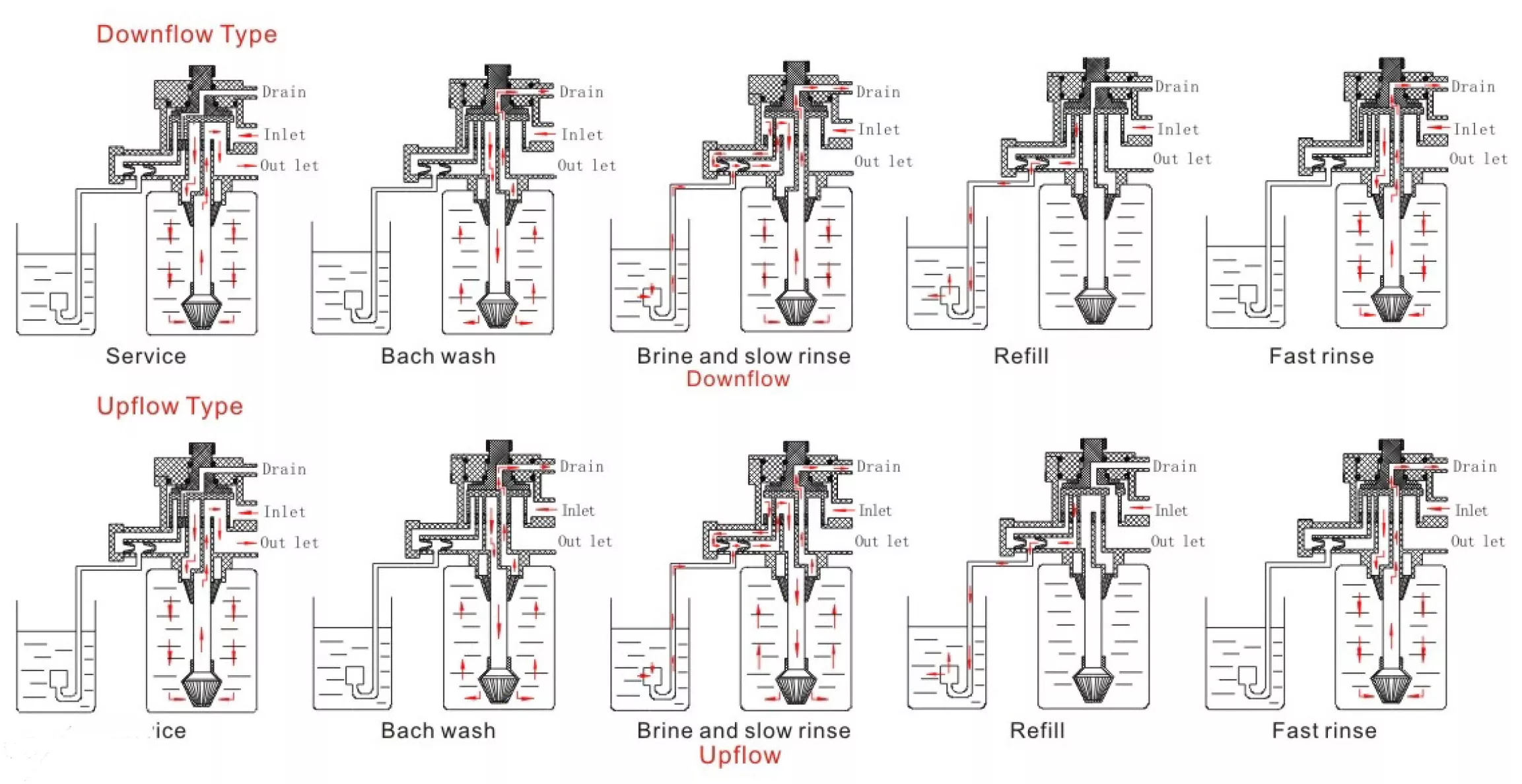Table of Contents
The Importance of Throttle Valves in Water Distribution Systems
Throttle valves play a crucial role in water distribution systems, serving as control mechanisms to regulate the flow of water. From municipal water supplies to industrial processes, throttle valves are integral components that ensure the efficient and effective distribution of water. Understanding the importance of throttle valves in water systems is essential for optimizing performance and maintaining reliability.
In essence, throttle valves function by controlling the flow of water through a pipeline or conduit. By adjusting the position of the valve, the rate of flow can be increased or decreased as needed. This capability is vital in various applications, where precise control over water flow is necessary to meet operational requirements.
One of the primary reasons throttle valves are essential in water distribution systems is their ability to manage pressure. In many instances, water pressure must be regulated to prevent damage to pipes, equipment, and infrastructure. Throttle valves allow operators to adjust pressure Levels by controlling the flow rate, ensuring that water is delivered at optimal pressures throughout the system.
Moreover, throttle valves contribute to the overall efficiency of water distribution systems. By fine-tuning the flow of water, these valves help minimize energy consumption and reduce operational costs. Whether it’s a municipal water supply network or an industrial process, efficient water management is crucial for sustainability and cost-effectiveness.
Throttle valves also play a critical role in maintaining system stability and reliability. By carefully controlling flow rates, these valves help prevent issues such as water Hammer\u2014a phenomenon where sudden changes in flow velocity can create damaging pressure surges within the system. By mitigating such risks, throttle valves contribute to the longevity and reliability of water distribution infrastructure.
Furthermore, throttle valves enable flexibility in system operations. Whether responding to fluctuations in demand or adjusting to changing operating conditions, the ability to control water flow dynamically is essential for maintaining optimal performance. Throttle valves provide operators with the flexibility they need to adapt to varying circumstances and ensure that water distribution systems operate smoothly and efficiently.

In addition to their functional importance, throttle valves also contribute to water conservation efforts. By precisely controlling flow rates, these valves help minimize water wastage and promote sustainable water usage practices. In regions facing water scarcity or where conservation is a priority, throttle valves play a vital role in maximizing the efficiency of water distribution systems and minimizing environmental impact.
| 2510 | 1.05″ (1″)O.D. | 1/2″O.D. | 1600-3/8″ | 2-1/2″-8NPSM | 24v,110v,220v-50Hz,60Hz | 72W |
| 1650-3/8″ |
Overall, throttle valves are indispensable components of water distribution systems, serving critical functions that impact performance, efficiency, reliability, and sustainability. Whether regulating pressure, optimizing flow rates, ensuring system stability, or promoting water conservation, these valves play a crucial role in the effective management of water resources. As water distribution systems continue to evolve and face new challenges, the importance of throttle valves remains undiminished, highlighting their essential role in ensuring the reliable and efficient delivery of water to communities and industries alike.
